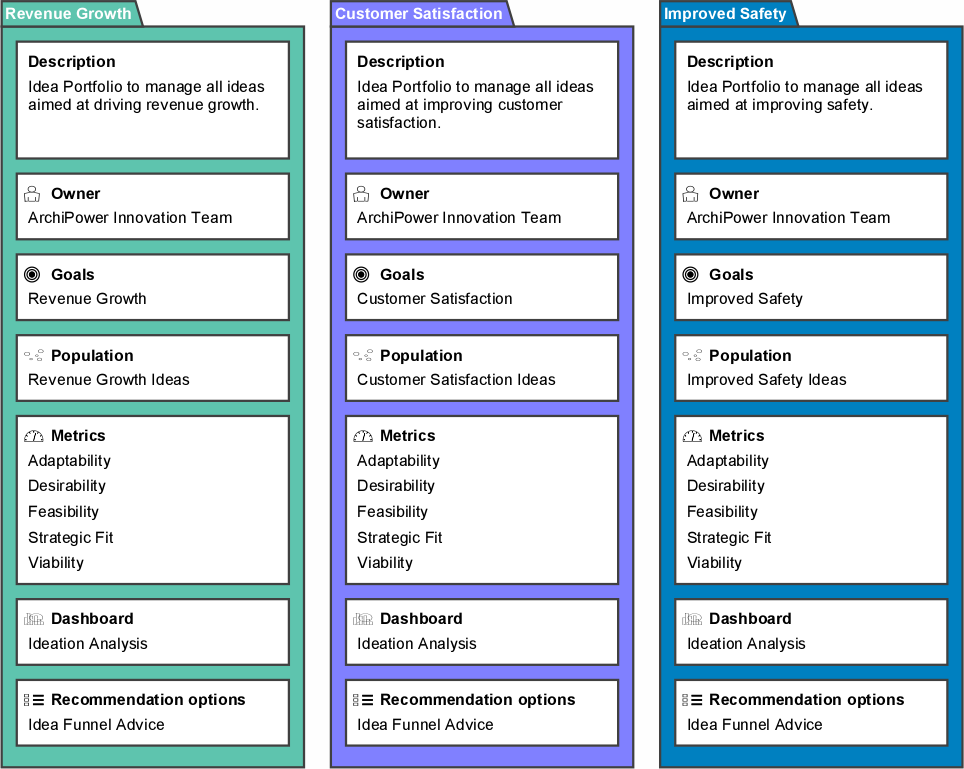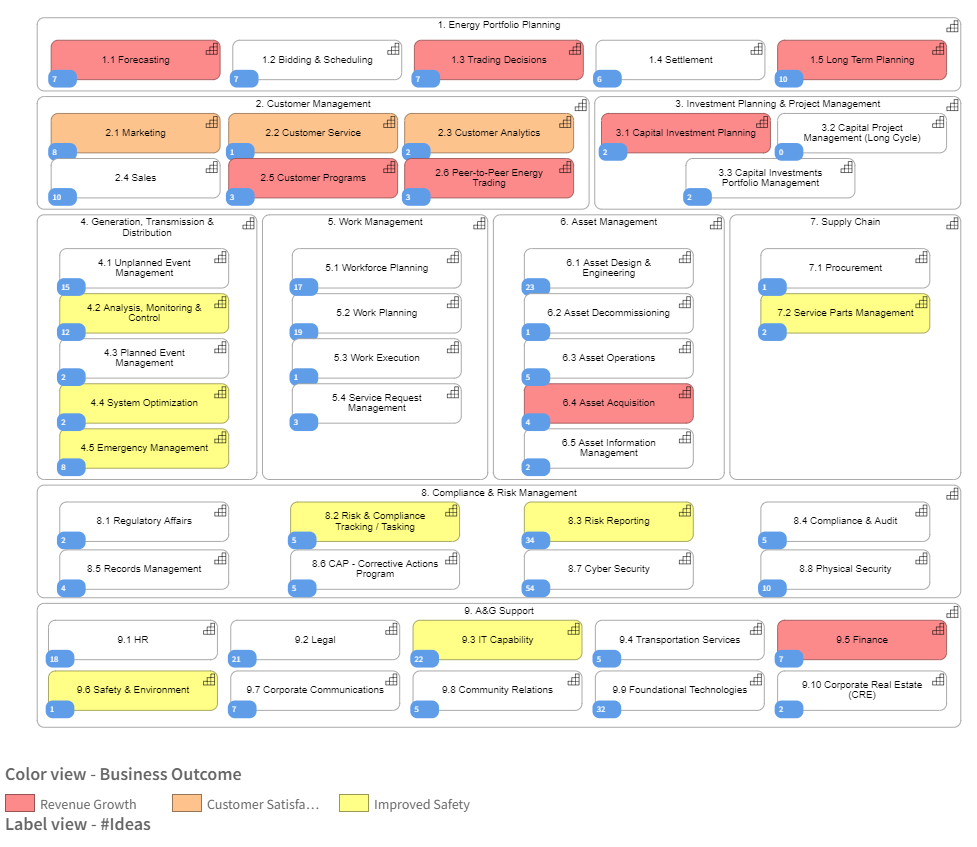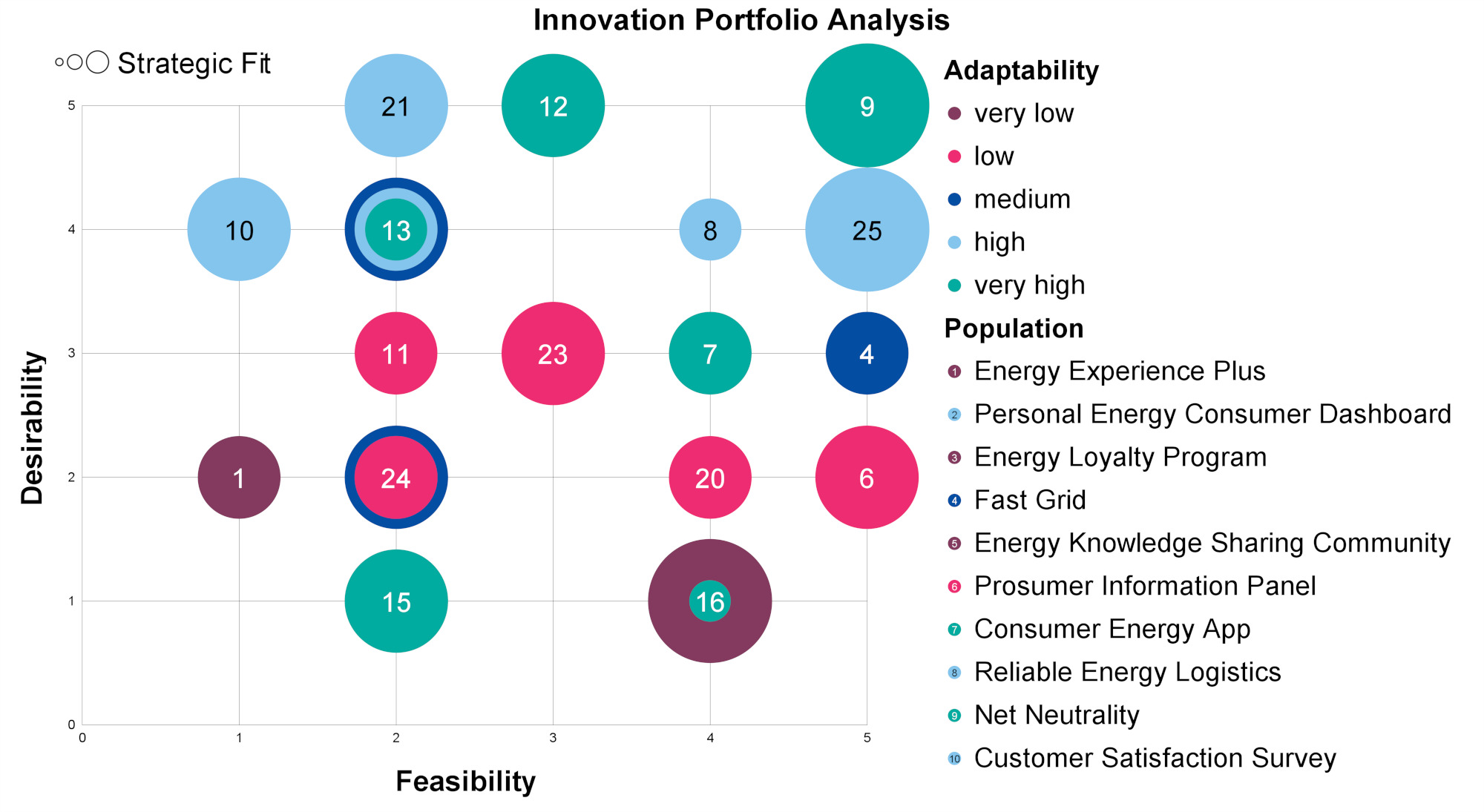In this blog series we aim to explore the different roles enterprise architects can play in innovation in their organization. In our first blog, we identified three key roles for architects in innovation:
For this blog, we’ll continue with the second key role: coordinating innovation.
The lifespan of today’s big enterprises continues to decline. As a result, large organizations – both private and public – spend billions of dollars annually on innovation in order to become invincible. Numerous brainstorm sessions, hackathons, shark tanks and substantial capital investments in start-ups still embody today’s search for the next big thing.
Recent data suggests that when it comes to investing in new ventures, only 4% of investments generate an ROI of 10x or greater multiple. This means that for large organizations, innovation becomes a volume game. While a lot of effort and creativity is put into ideation (generating and collecting innovative ideas), we believe coordinating the lifecycle of an innovative idea is an equally indispensable part of the innovation puzzle that organizations are facing.
Design thinking techniques have proven to be valuable when it comes to increasing the odds for innovation success. Successfully bringing new products and services to market requires organizations to invest in testing the desirability (do customers want it?), feasibility (can we build it?), and viability (does it make financial sense?) of new ideas. However, despite their high potential, many innovative ideas never make the expected return on investment. Why?
When it concerns existing organizations (so excluding startups), we believe that scaling innovations is a daunting challenge in the 21st century. Business strategy, products and services, digital technologies as well as fluid organization structures and networks have become advanced ecosystems that are not always easy to change. In our first blog on architecting for innovation, we already mentioned the importance of shaping space for innovation.
Next to that, we recommend our customers think about three practical areas of improvement when it comes to achieving a (more) successful innovation practice, resulting in more successfully implemented business innovations. In all of these areas, architects are in a unique position to add business value with their knowledge of the organization’s strategy and (complex) structures, increasing the ROI of many innovation efforts.
Make sure your organization doesn’t invest in homeless ideas. Actively score ideas and innovation projects (that often live in innovation funnels managed by innovation teams) based on the business strategy. Following the timeless advice of Mintzberg and Waters, we’d advise our customers to combine deliberate strategic change (top-down approach to ensure strategic value and look around corners) with emergent strategic change (bottom-up approach to collect ideas from employees). Creating Strategic Idea Portfolios together with innovation teams based on strategic goals can be a great start.

Use Business Capability Maps that are related to the innovation ideas captured in your organization’s idea portfolios (or: libraries). Work with the owners of these ideas to construct a business view of the proposed innovations. This will enable the creation of innovation insights at a business level, for example by mapping the organization’s strategic goals on business capabilities and comparing that against the number of ideas for that specific business domain. Another effect of doing this is that it will put the architects (and also the internal strategy/management consultants) in a position to advise on suitable ambidextrous organization structures to make a new venture work, as many large organizations are simply not wired to scale innovation and create breakthrough growth.

Let’s say that a business line in your organization is working on a great innovation project that will bring a new product to market. The first testing results for this business idea are promising as customer feedback is very positive. To test for feasibility (can we build it?), architects can make estimates of the complexity that comes with such an initiative. This results in an Innovation Portfolio Analysis, indicating for each innovation effort the current (estimated) desirability and feasibility, combined with an idea of the effort (e.g. in project budget or time) needed to implement the innovation. This will provide decision makers in innovation processes (e.g. CxO’s, Innovation Leaders, Portfolio Managers) with a clear risk profile for each ongoing innovation effort to decide whether to start, stop or continue.

When successful, architects can provide executives, innovation leaders and innovation teams with smart insights that support better innovation decisions. We believe there is an opportunity for architects to innovate innovation.
In the third and ultimate blog post in this series, we will look at the third role of architects in innovation: initiation.
Stay tuned!